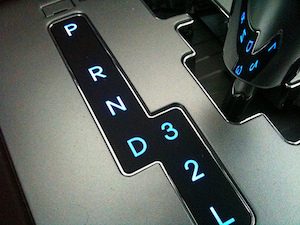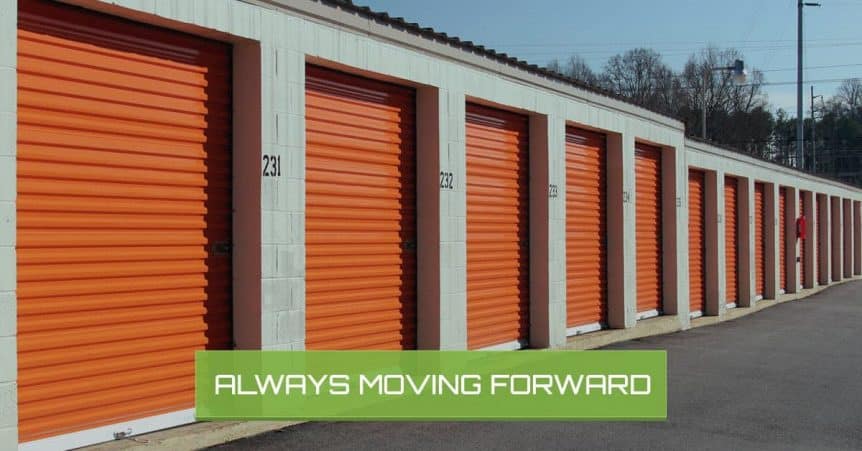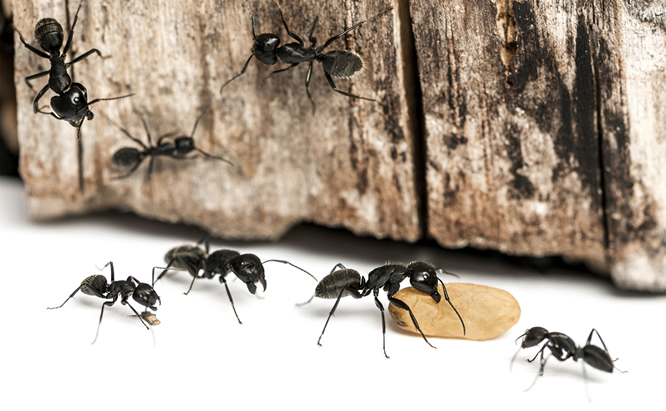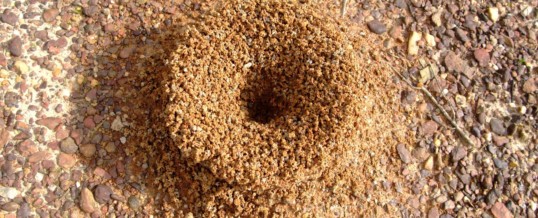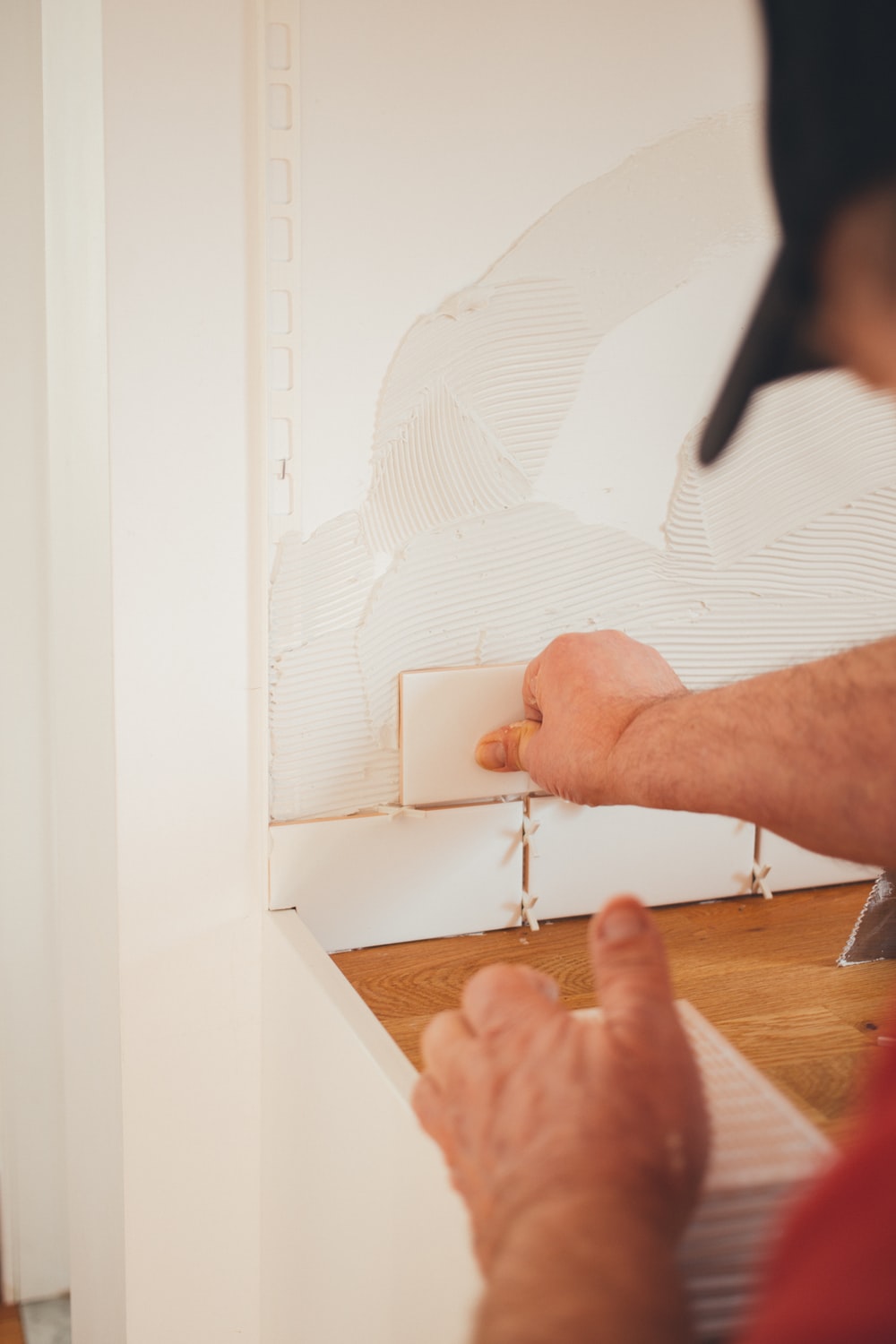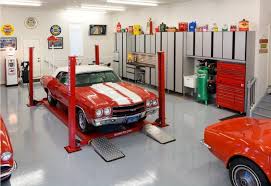Ways to Prepare for a Home Inspection
Homeowners focus largely on cosmetic fixes when preparing to sell. They put fresh paint on the walls, remodel kitchens and baths, and spruce up the landscape. And these efforts pay off: The house looks and feels clean and modern, which captures the attention of buyers who don’t want to mess with those projects once they move in.
Not as much attention is focused, however, on making sure the inner workings of the home are in good shape. We recommend having a seller’s home inspection to make sure you’re aware of issues before you even put your house on the market, because when you receive an offer, the option period is short — generally, five to ten days — in which you must have your home inspected, make repairs, and possibly have it reinspected.
Clean the house.
Home inspectors are trained to notice things, and their first impression is important. It sets the tone: A clean home indicates you take good care of the house. Obviously, it’s not the most important factor home inspectors consider, but it’s a simple step to take considering what’s at stake.
Check your lights, inside and out.
Make sure they work and replace any burned out bulbs. This simple task will prevent an unnecessary “Light is inoperable” finding on the inspection report, which could imply an electrical problem.
Evaluate your doors.
Are doorknobs in good working order? Do locks function properly? Do they close easily and completely? Attend to any issues you find.

THINGS BUYERS SHOULD ASK ABOUT HOME INSPECTIONS
Are inspections “automatically” part of every home purchase?
No. As a buyer, you must include a home inspection clause in your purchase agreement, which will let you back out of the contract if the inspector discovers unexpected problems with the house. If you still want the house, an inspection clause allows you to renegotiate with the seller in light of any issues discovered—either requesting a price adjustment, or asking the seller to make necessary repairs prior to completing the sale.
What IS a home inspection?
A home inspection is a comprehensive review of the systems, structure and general “health” of a home, conducted by a qualified, objective inspector. If there are any issues that may degrade the value of the home, or require immediate/near-term repairs, they should be revealed by a professional home inspector.
How do I select an inspector?
You can ask your buyer’s agent to recommend a good, qualified, local inspector. You can also find one on your own. Either way, you should consider the inspector’s qualifications, confirm if they are bonded and insured, and if they meet the requirements to be licensed in your state
Can I be there during the inspection?
Yes, you can and should be. Your buyer’s agent can handle it for you, but you’ll get a much better feel for your new house if you attend the inspection. If the inspector finds any problems, you’ll be able to ask questions, on the spot, and get the answers you need.
What if the house I want fails inspection?
An inspection is an evaluation, not a test, which means houses can’t “fail” inspection. It’s a way to reveal any issues, or potential issues, that may negatively impact a buyer prior to completing a sale. It’s also intended to ensure both the buyer and seller are in informed agreement regarding the condition of the property that is changing hands.
BUYERS: THE HOME INSPECTION CHECKLIST YOU NEED TO READ
As a buyer, the home inspection process remains one of the most important deciding factors when buying a home. Just as sellers play a vital role in preparing their home for an inspection, a buyer has an integral role to play as well. Here is the home inspection checklist you need to prepare for, and get the most out of, your buyer’s home inspection.
Find Your Inspector
A successful home inspection involves working with a qualified inspector to assess and document the condition of a home through visual inspection. All HouseMaster home inspectors are trained at the National Institute of Building Inspectors so you can rest assured that you will receive a quality inspection.
Read the Fine Print
Be sure to read the complete inspection contract. As the client, your HouseMaster inspector is working for your interests before that of any other party.
Set the Stage
When attending your inspection, it is important to note that the inspector can only inspect elements of the home that are accessible. After making your choice and booking the inspection, be sure to request that the seller unlock any inaccessible areas, and make sure that the components of the home, such as heat, electricity and water, are turned on so that the house can receive a full inspection.
Take the Time
Be sure to allow enough time in your schedule for a thorough inspection. Depending on the size of the home this could be several hours, so arranging for someone to watch your children or pets is a good idea. If you must bring your children with you, try to bring along another adult to help you focus on the inspection.
TAKE PRIDE IN PROVIDING THE HIGHEST QUALITY HOME INSPECTIONS POSSIBLE
PRE-PURCHASE HOME INSPECTION
Purchasing a home is one of the most important financial investments in a person’s life. It can be stressful, as there is much to understand about a home in order to make a sound purchasing decision.
Over the course of a few hours our home inspectors review the home from top to bottom, inspecting major and minor building systems and components— from the building structure and roof to outlet operation and appliances.
PRE-SALE HOME INSPECTION
Thinking of selling your home? Making sure your home is in its best shape is a top priority. Surprises can have unintended consequences such as undercutting an asking price, derailing a potential deal, and prolonging time on the market
VISUAL MOLD INSPECTION
Mold can cause a host of undesirable problems to a home and its occupants. In addition to being unsightly and capable of producing foul smells, mold can actually cause damage to building materials such as drywall, wood floors, and even framework. Damage from mold and moisture can be enough to threaten the structural integrity of a house.
Mold is caused by excess moisture introduced into materials that mold can use as food. This molding process is commonly caused by plumbing, roof or even foundation leaks that introduce moisture into wood siding, framing, hardwood floors, drywall, plaster and other building materials. In some cases, extremely high humidity can provide enough moisture for mold growth

Things a First Time Home Buyer Should Do Before Making an Offer
There are a few defining moments in any person’s life. Graduating high school, graduating college, getting your first adult job—these are just a few of the milestones that you face in your early life. For many people, the next few might be starting a family, buying a car, or perhaps buying their first home. When you compare buying a home with all of the previous milestones however, they might seem small and easy in comparison. As soon as you start the process, it is easy to become quickly overwhelmed with all of the different questions you have, and criteria to consider.
Research the Area
Everything starts with a little bit of research, so that is the very first thing that you should do if you are looking to buy a house. If you do not have the right direction for your research however, it can be just as useful as no research at all. Start first with finding the area into which you wish to move. When you are doing this, look into local schools, average house prices in the area, the proximity to important amenities (such as stores, mechanics, doctors, etc.), and the crime rate in that area. You can even use a search engine to search for local news in the area, to make sure there is nothing too negative that stands out.
Research the House
Once you find some houses that you like, the research does not stop there. You will now have to determine certain information about the property before making an offer.
Here are some of the main things that you should look into:
Research the market, when is a good time to buy?
When you find a house, look at similar properties in the area and compare prices.
Check the square footage, and find out cost averages based on that size.
Find out why the current owner is selling, this could give you clues as to how flexible they will be on the price.
Try to find out how much the seller paid, especially if it was recently.
Look at trends for list price to sales price ratio.
Ask for the home’s history and DOM (days on market).
Do a Walkthrough
You should not make an offer without first having a walkthrough. But even one walkthrough might not be enough. Many people fall into the trap of falling in love with the first property that they look at, and it warps their perspective when it comes to buying. Before you make your offer, see if you can do another walk through, and make sure that you check for anything you may have missed the first time. Look behind doors and under furniture for any potential flaws or problems
